
|
If you seek awe-inspiring, colorful and vibrant images, look no further than the night's sky. The eye of telescope transforms these meager points of light we're used to seeing into a fantastic castles of twinkling radiance in all the colors of the rainbow. Nebula, galaxies, suns and planets together create an amazing tapestry of shape and hue that astound the eye and gladden the heart. Enjoy this series of gorgeous photos that explore the known universe outside our little home planet. |
 |
| The Veil Nebula |
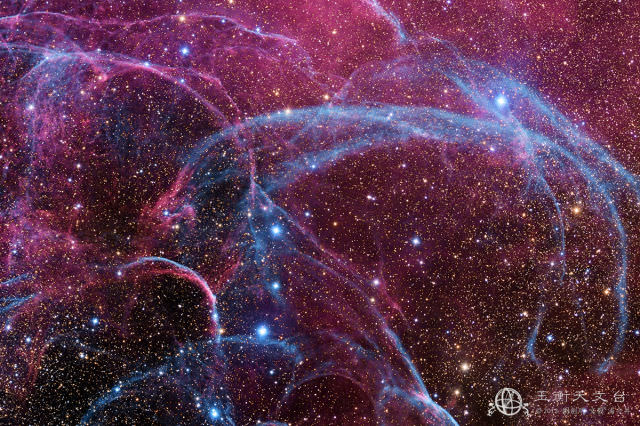 |
| Filaments of the Vela Supernova Remnant – This was caused by an explosion about 11 thousand years ago, and to this day we see these strange points of light. |
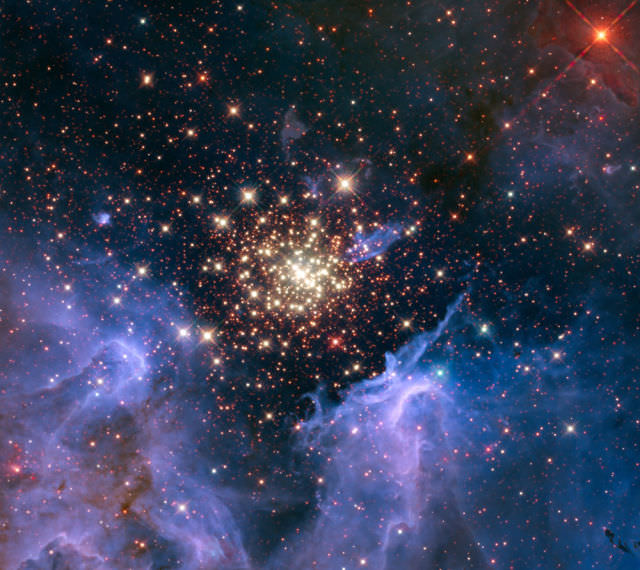 |
| This cluster of orange lights is a nebula located about 20,000 light-years away, deep within the constellation Carina, and contains a central cluster of huge, very hot stars, which create these points of light, and called NGC 3603. |
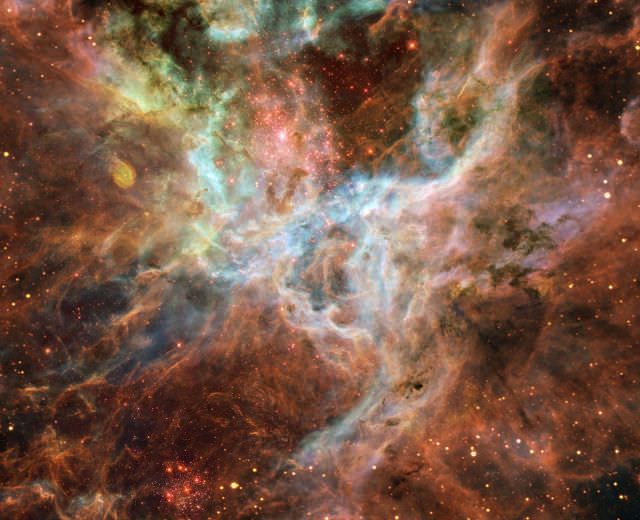 |
| You will find the Tarantula nebula more than 170,000 light-years away, nestled within the Large Magellanic Cloud, which can be seen in the Southern sky. Just above the centre of this image there is a huge cluster of very hot stars called R136. These stars are among the most massive stars we know. |
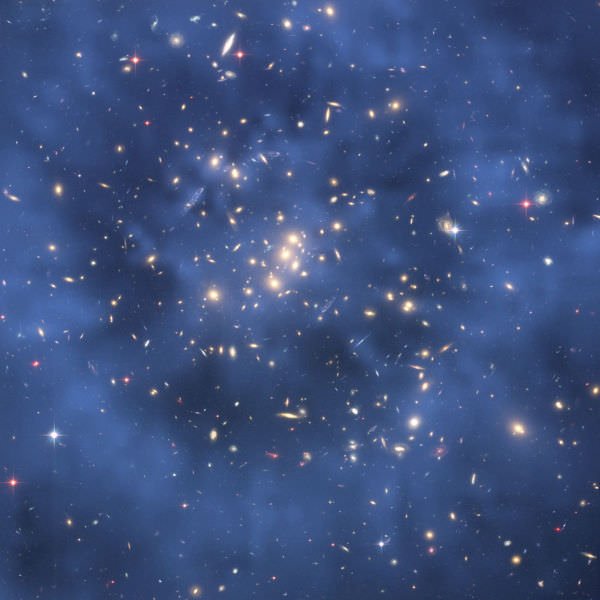 |
| A few years ago, astronomers used the Hubble Telescope to discover that long ago, there was a huge collision between two huge galaxies. The evidence of that collision is a huge ring of dark matter, and is also considered one of the best indications of the existence of this matter. |
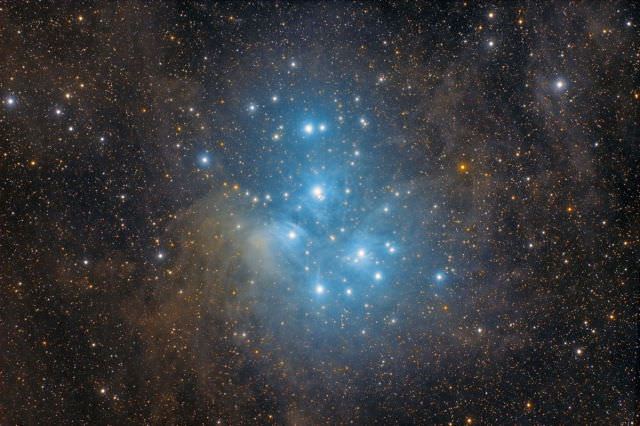 |
| The Pleiades Star Cluster. |
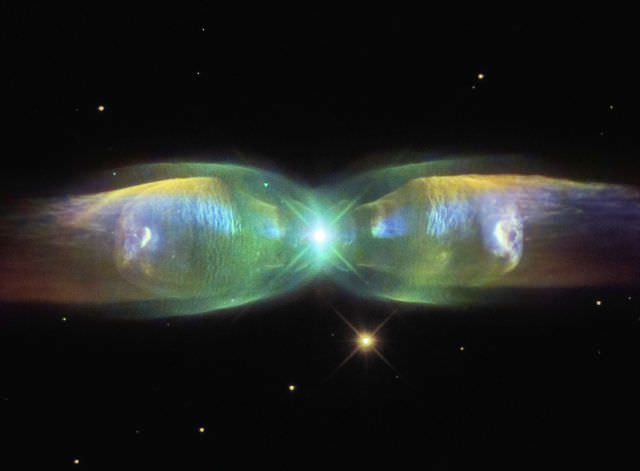 |
| Wings of a Butterfly Nebula (also known as M2-9)— in the photo, two stars can be seen orbiting inside a huge gaseous disk 10 times the orbit of Pluto. These stars are actually the expelled envelopes of a dying sun, which slowly broke away from the disk to create this bi-polar image. |
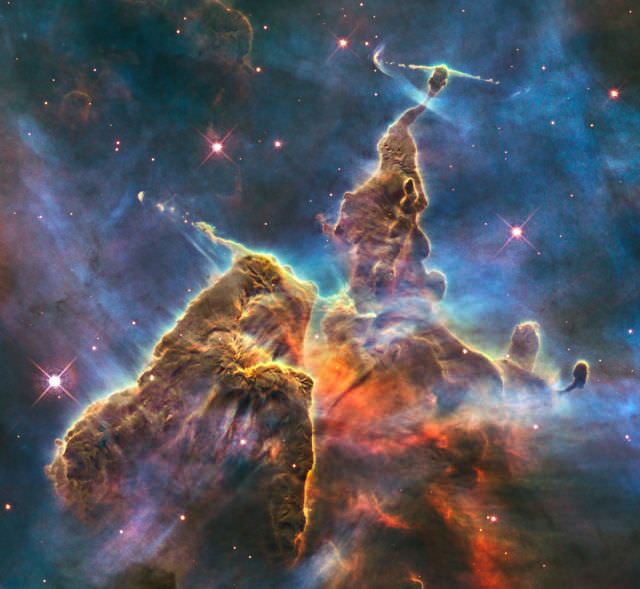 |
| “Mystic Mountain” in the Carina Nebula taken by the Hubble Space Telescope |
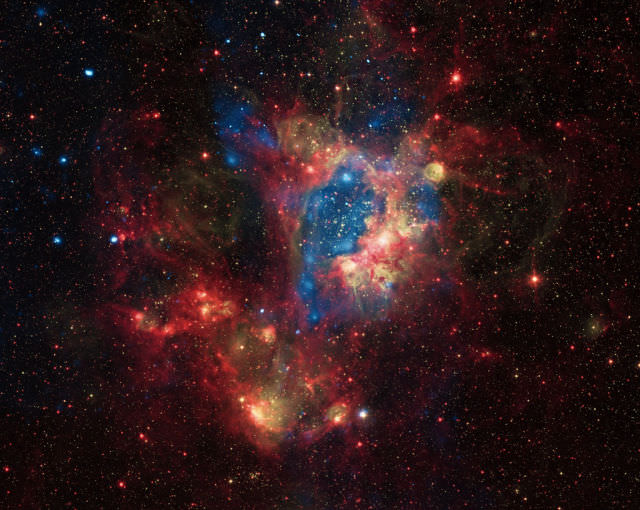 |
| A superbubble in the Large Magellanic Cloud |
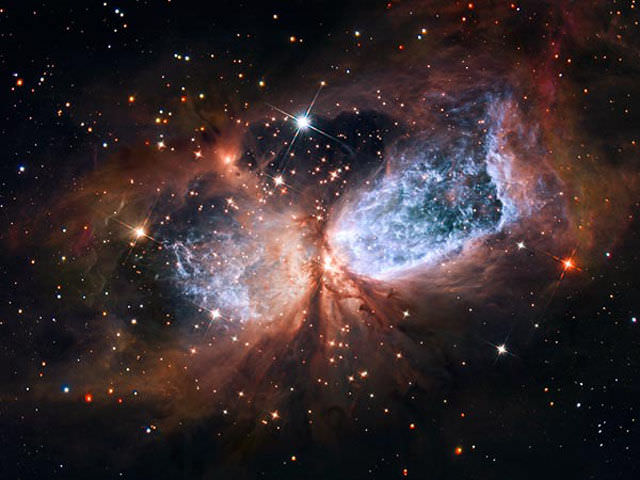 |
| Rebel Angel taken by Hubble Space Telescope |
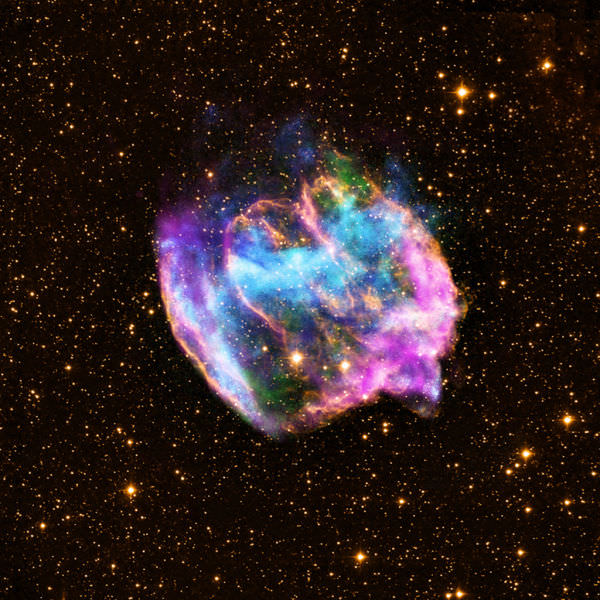 |
| Supernova Remnant W49B |
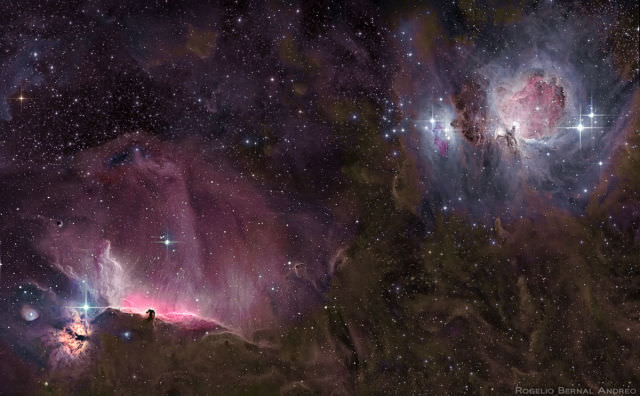 |
| Orion’s Belt |
 |
| Infrared view of the Orion Nebula, 1350 light-years away |
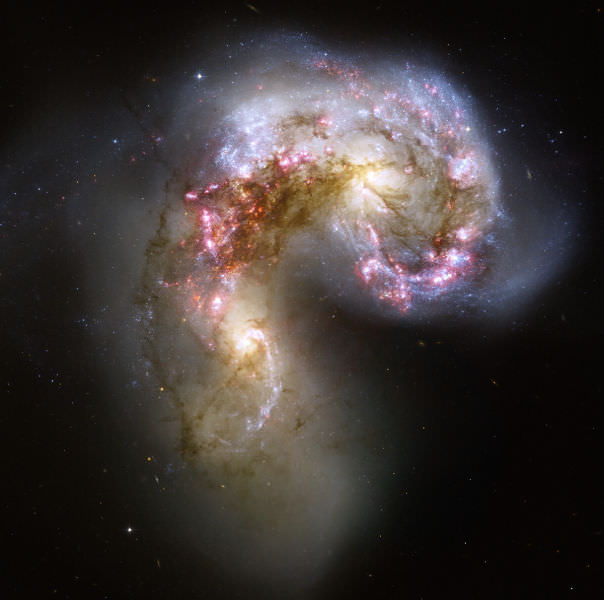 |
| These 2 galaxies are drawn to each by the combined force of their awesome gravity. Astronomers believe that they started this process hundreds of millions of years ago, and are the nearest and youngest examples of colliding galaxies. |
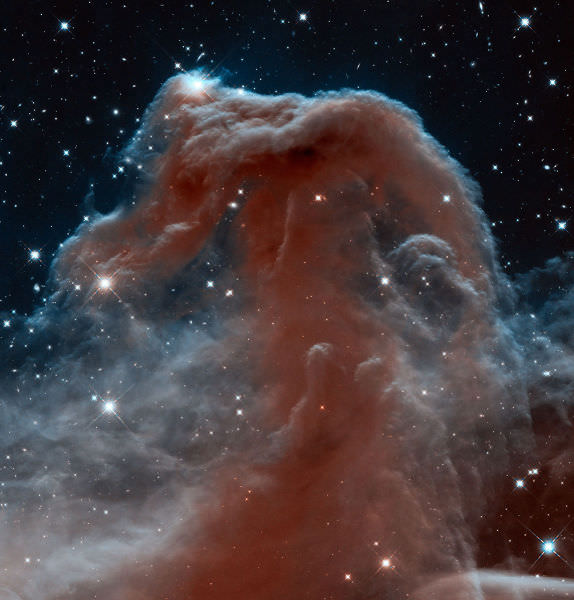 |
| An infrared view of the Horsehead Nebula |
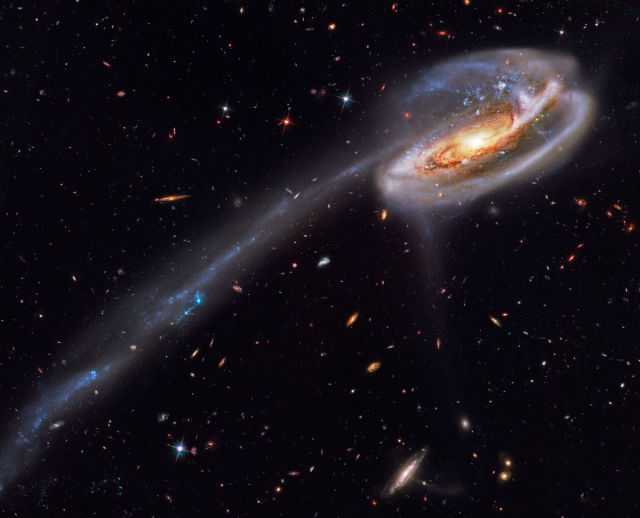 |
| The Tadpole Galaxy: “Its eye-catching tail is about 280 thousand light-years long and features massive, bright blue star clusters”. |
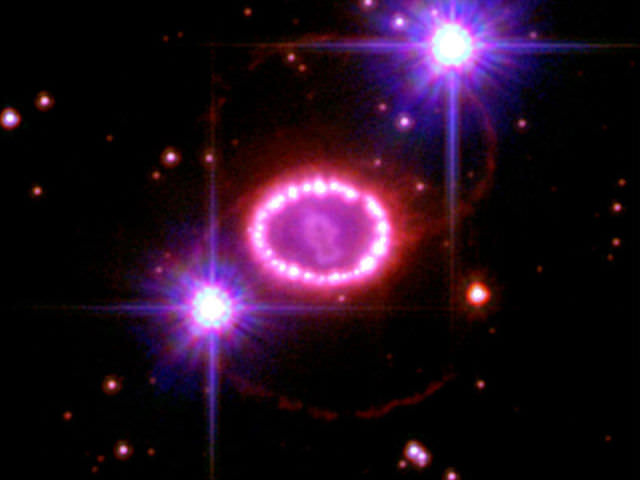 |
| Two decades ago, astronomers spotted one of the brightest exploding stars in more than 400 years. Since that first sighting, the doomed star, called Supernova 1987A, has continued to fascinate astronomers with its spectacular light show. |
 |
| A “supermassive” star, hundreds of times larger than our sun, surrounded by obscuring out flowing gas. |
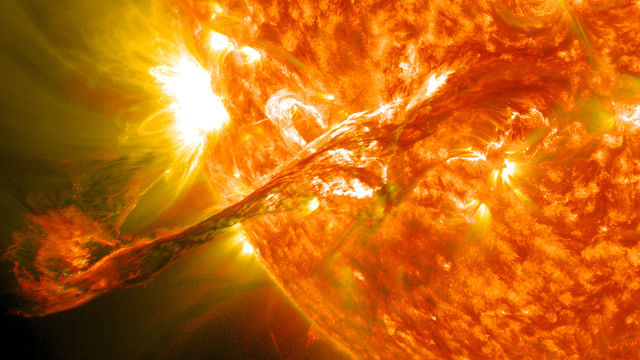 |
| Magnificent CME Erupts on the Sun August 31, 2012 |
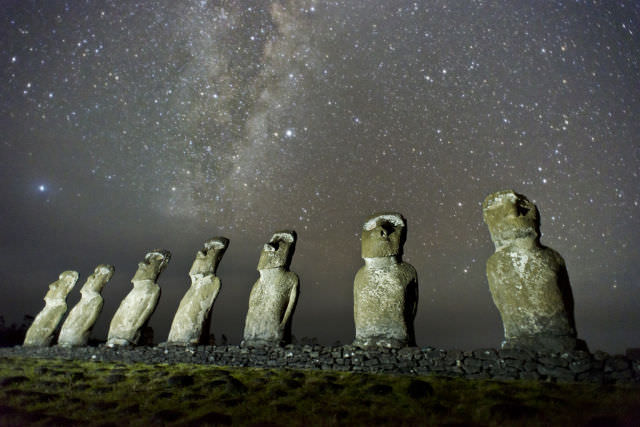 |
| Milky Way over Statues of Easter Island |
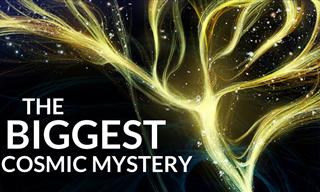 46:50
46:50
Deep Science: Why is Our Universe the Way It is?
Get ready to understand the Universe like never before...
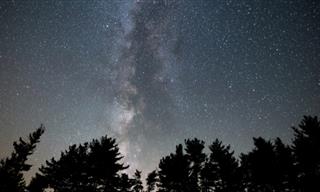
This Comet Will Not Return for Another Million Years
For the amateur photographer, the hard-core space fans, and everyone else, here are the night sky events you can't miss this august!
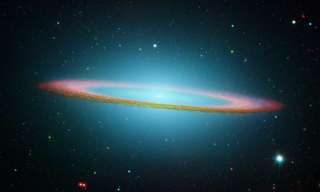
20 Fascinating Facts about the Big Void that Surrounds Us!
Our understanding of the cosmos gets more and more interesting every year. The more we learn, the more we realize there is yet to know.
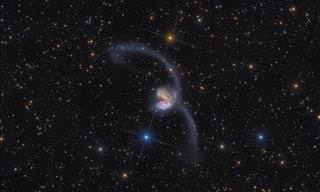
These Photos of Space Will Make You Feel Really Small!
The 2015 winners of the Insight Astronomy Photographer of the Year competition have just been announced, and their images are incredible...
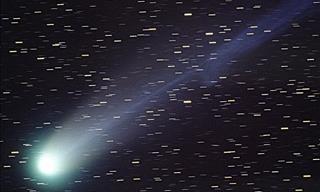
The Great Comets of Earth Captured in Stunning Photographs
Many comets cross the outer atmosphere of Earth during their journey across the galaxies, and the brightest ones are these Great Comets
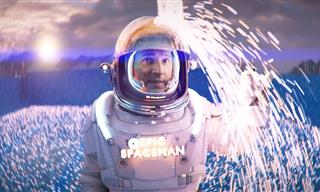 15:34
15:34
This Stunning Video Visualizes the Size of the Universe
This video visualizes the number of galaxies in the world, giving you a look into the true size of our enormous universe.
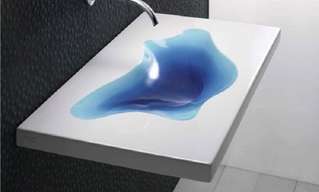
These Bathroom Sinks are Not Designs You See Every Day
Modern designers have cleverly invented some of the most creative and fun washbasin designs you’ll lay your eyes across.
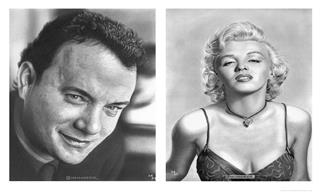
These Can't Be Real! 14 Stunning Celebrity Drawings
Artist Matheus Macedo creates incredibly realistic portraits of celebrities. Take a look at his best works.

These Award-Winning Insect Pics Are Absolutely Mesmerizing
Marvel at the outstanding winners of the 2024 Royal Entomological Society Photography Competition.

These Are the Greatest Historic Homes Found in the US
These historic homes are the most important in the United States. See pictures of a historic home in each US state, and find out more about them.
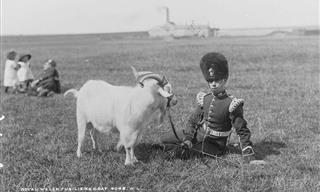
These Old Photos Showcase Some Major Changes in Ireland
The last few decades of the 19th century and the first few of the 20th were periods of major change for Ireland. These photos capture that wonderfully.
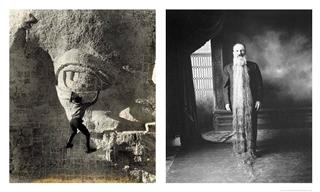
These Extremely Rare Photos Will Teach You Something New
Prepare to see history in a whole new light through these fascinating snapshots.
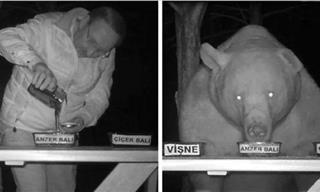
You Won't See Photos Like THESE Every Day!
Each of these images captures a rare moment or something you wouldn’t normally encounter.

Look Closer. These Pictures Aren’t What They Appear to Be
Look very closely at these pictures. Because they might confuse you at first glance.

These Sand Sculptures Seem Too Real to Exist! (15 Pics)
Leonardo Ugolini's astonishing sand creations will leave you agape!
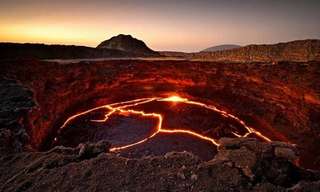
The Incredible Sights You Won't See Every Day...
20 unbelievable photos showing amazing scenes of history, science and nature, that will make you think.

Lets Open a Window to the Past...
These 16 black and white 20th century photos show us some of the most interesting moments of the 20th century.

15 Stunning Behind-the-Scene Photos From Famous Movies
Imagine finding yourself on the set of such iconic movies as The Titanic, James Bond, Star Wars, and The Shining.

Hold it Right There! These Photos Couldn't BE More Timely!
It's a photographer's dream to capture that precious image right as or before something dramatic occurs. These are some of the best examples we've ever seen.

17 Unusual Christmas Trees from Around the World
This festive season, get inspired by these creative DIY Christmas trees.

In Pictures - 2024 Science Photography Contest Winners
Check out the incredible winners of the 2024 Beaker Street Science Photography Festival.

These Vintage Olympic Photos are PURE GOLD
These vintage photos show just how much the Olympics have changed.
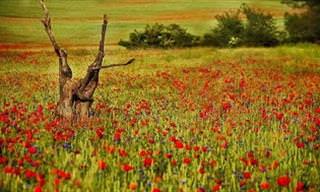
Can You Find the Women in These Landscape Photos?
At a glimpse, these photographs look like beautiful shots of nature, but if you look closer you will spot beautiful women blended into the scenery.
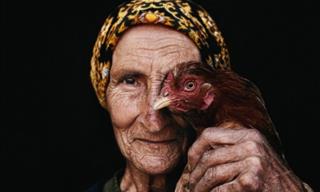
15 Visual Masterpieces: Award-Winning Photos
Witness some of the most beautiful and meaningful award-winning photos from the All About Photo competition 2024.

14 Vivid Portraits of Gorgeous Rare Birds
This photographer traveled the globe in the search of the rarest and most gorgeous birds, and here are 14 of his best avian portraits...

15 Photos of Superstars Side by Side Their Younger Selves
Have you ever dreamed to see your favorite celebrity next to their younger selves? Then here is a collection of 15 very famous people now and then.

15 Mall Photos That Capture the Retro Shopping Scene
These throwback mall pics are a blast from the past.
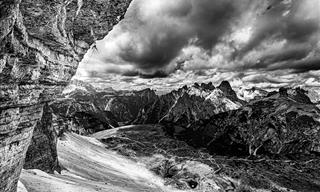
This Photo Contest Celebrates the Majesty of Mountains
Check out the amazing winning images from the 2021 International Photography Contest of Mountain Activity.

15 Unique and Fascinating Houses That’ll Surprise You
Some people have reinvented the concept of "home," check out their eclectic taste with the following 15 pictures!
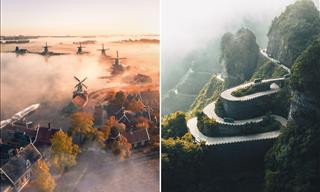
Showstopping Aerial Photos From 22 Famous Places Worldwide
Agora Images is back with another astonishing competition, and this time, we'll be soaring in the sky above 22 iconic locations around the world
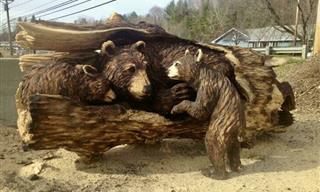
The Beauty of Wooden Artistry: 15 Stunning Examples
Check out some of the most impressive handmade woodworking projects.
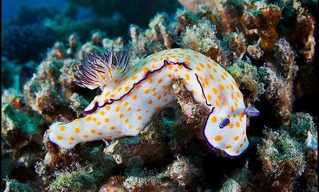
This Photographer Really Captures the Beauty of the Ocean...
Gorgeous Underwater Life by Alexander Semenov.
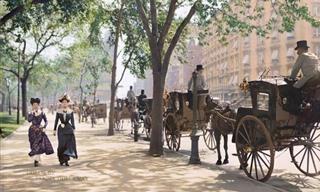
Take a Look at These Photographs & Walk Back in Time...
It's amazing to see photographs from archives because it's like taking a walk back in time. This collection is no exception. Take a look.
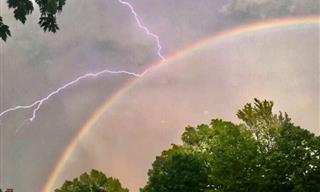
What Are the Odds? These Pics Capture Life's Freaky Flukes
Check out these remarkable photos of unbelievably rare coincidences.
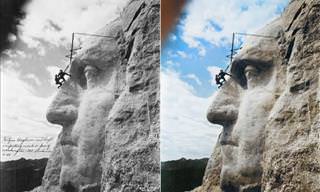
Who Said History Has To Be Black and White?
Have you ever wondered how famous historical photos would look like in color? Wonder no more...
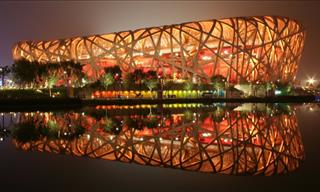
11 Architectural Masterpieces Worldwide Inspired by Nature
Let’s delve into the world of organic architecture and consider 11 noteworthy examples of buildings that took their inspiration from nature.
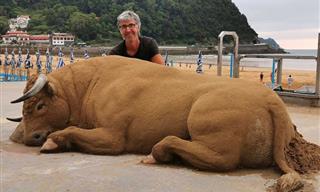
Are These Real Animals? 15 Stunning Sand Creations!
Andoni Bastarrika's sand sculptures are so lifelike, they'll trick you into thinking they're real animals.
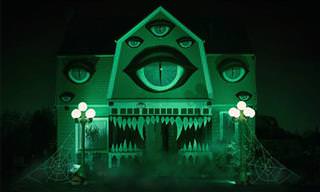
Some People Go Completely Overboard On Halloween...
While some people just love Halloween, there are others who don't bother with it at all. The owners of these houses certainly do though! Take a look.

These Award-Winning Food Photos Will Make You Drool...
Check out the tasty winners of the Pink Lady Food Photographer of the Year 2024 Awards.

A Different Look at the Moments that Changed the World
Incredible photos of historical events, shot from a different angl, showing a different view of the events.
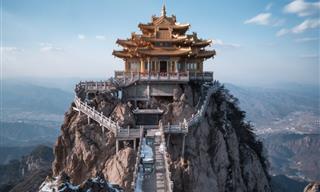
14 Stunning Places of Worship From Around the World
In the following series of images, we will introduce you to 14 unique religious and worship sites from around the world.

In Photos: 15 Gorgeous Cities from Around the World
We have curated a collection of 15 stunning photographs that capture the essence of these cities or showcase their breathtaking sights in a single frame.
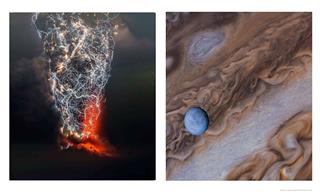
Explore the Magic of Outer Space Through These 15 Images
Here are 15 of the most captivating astronomy pictures.

14 Award-Winning Photos of Marine Life and Sea Exploration
Photos allow those of us who are not marine photographers or sea explorers to get a glimpse of the ocean’s mysteries, and these photos are glorious!
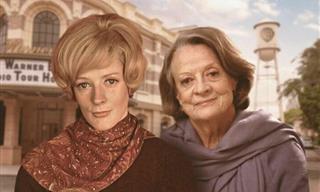
Celebrities Meet Their Younger Selves in 18 Unique Images
Check out this fun collection of pictures featuring famous celebs meeting their younger selves.
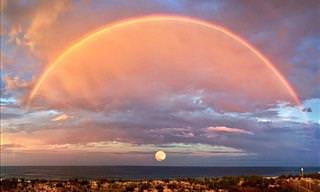
Here Are 15 Rare Sights You Won't See More Than Once!
Here are 15 rare sights that you're practically guaranteed to never see more than once in your lifetime!

These Old Photos Showcase Some Major Changes in Ireland
The last few decades of the 19th century and the first few of the 20th were periods of major change for Ireland. These photos capture that wonderfully.

These Extremely Rare Photos Will Teach You Something New
Prepare to see history in a whole new light through these fascinating snapshots.

You Won't See Photos Like THESE Every Day!
Each of these images captures a rare moment or something you wouldn’t normally encounter.

Look Closer. These Pictures Aren’t What They Appear to Be
Look very closely at these pictures. Because they might confuse you at first glance.

These Sand Sculptures Seem Too Real to Exist! (15 Pics)
Leonardo Ugolini's astonishing sand creations will leave you agape!

The Incredible Sights You Won't See Every Day...
20 unbelievable photos showing amazing scenes of history, science and nature, that will make you think.

Lets Open a Window to the Past...
These 16 black and white 20th century photos show us some of the most interesting moments of the 20th century.

14 Genius Architectural Ideas Inspired by Everyday Objects
Felipe de Castro is a talented architect who transforms everyday objects into architectural marvels.
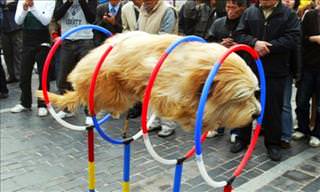
These Are Literally "Blink and You'll Miss It" Photos
Some photos are just timed so perfectly! They're an absolute joy to behold. Here are 18 awesome "Blink and You'll Miss It" pictures.
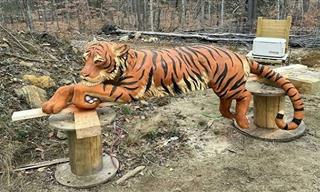
We Love These Woodworking Masterpieces! Don’t You?
This is craftsmanship at its finest.
To enable your Ad-Free Subscription, please fill the fields below
Your subscription was successful, now you can enjoy an ad-free experience!!
Note: To make sure you get no ads, please make sure to log in to your account. If you are logged in already, then refresh the page. The subscription can be cancelled at any time.


